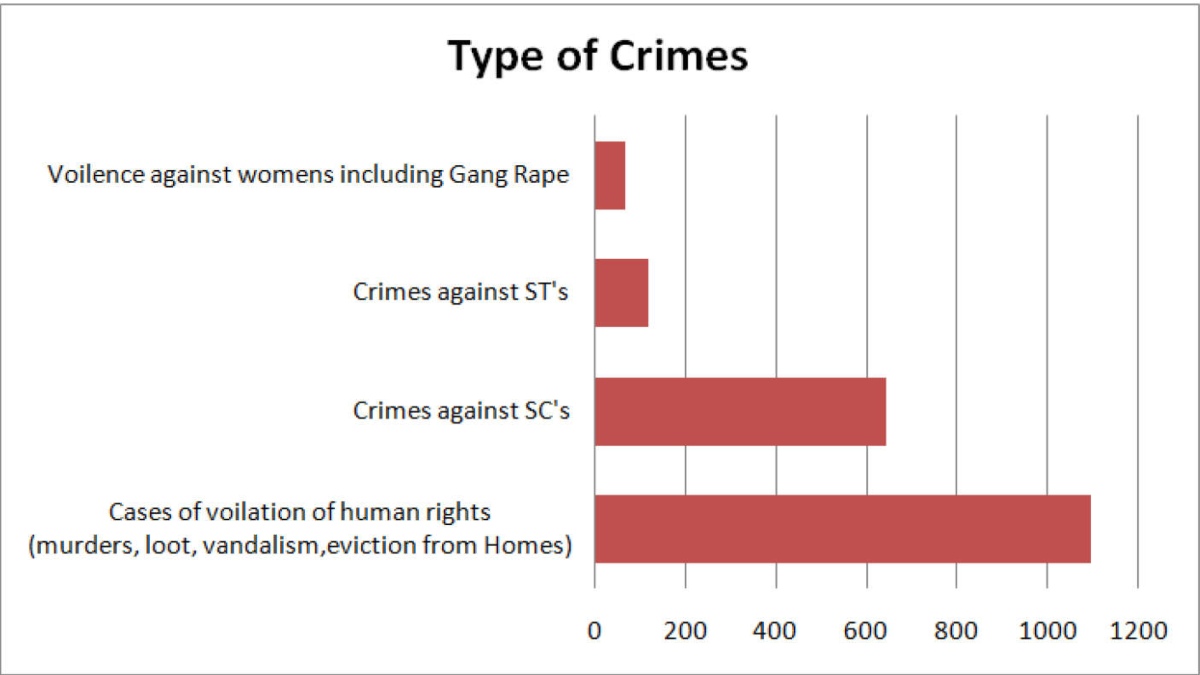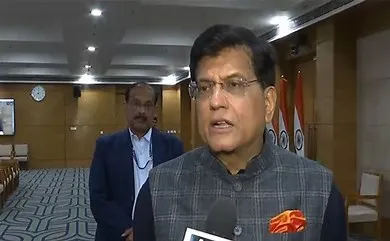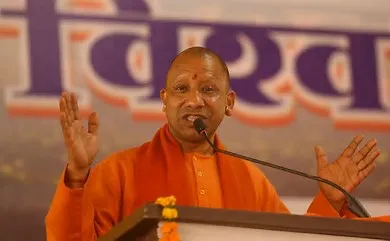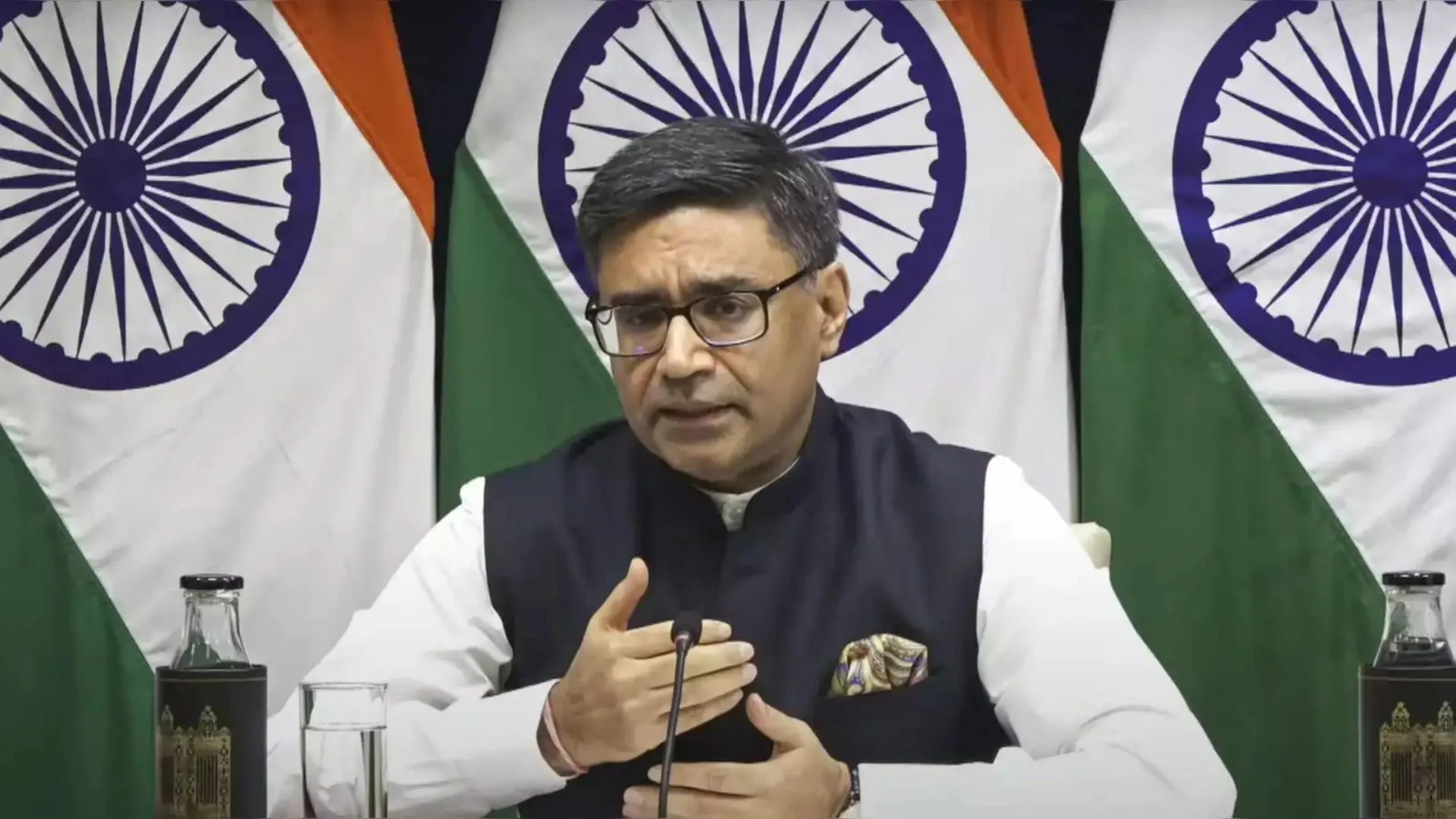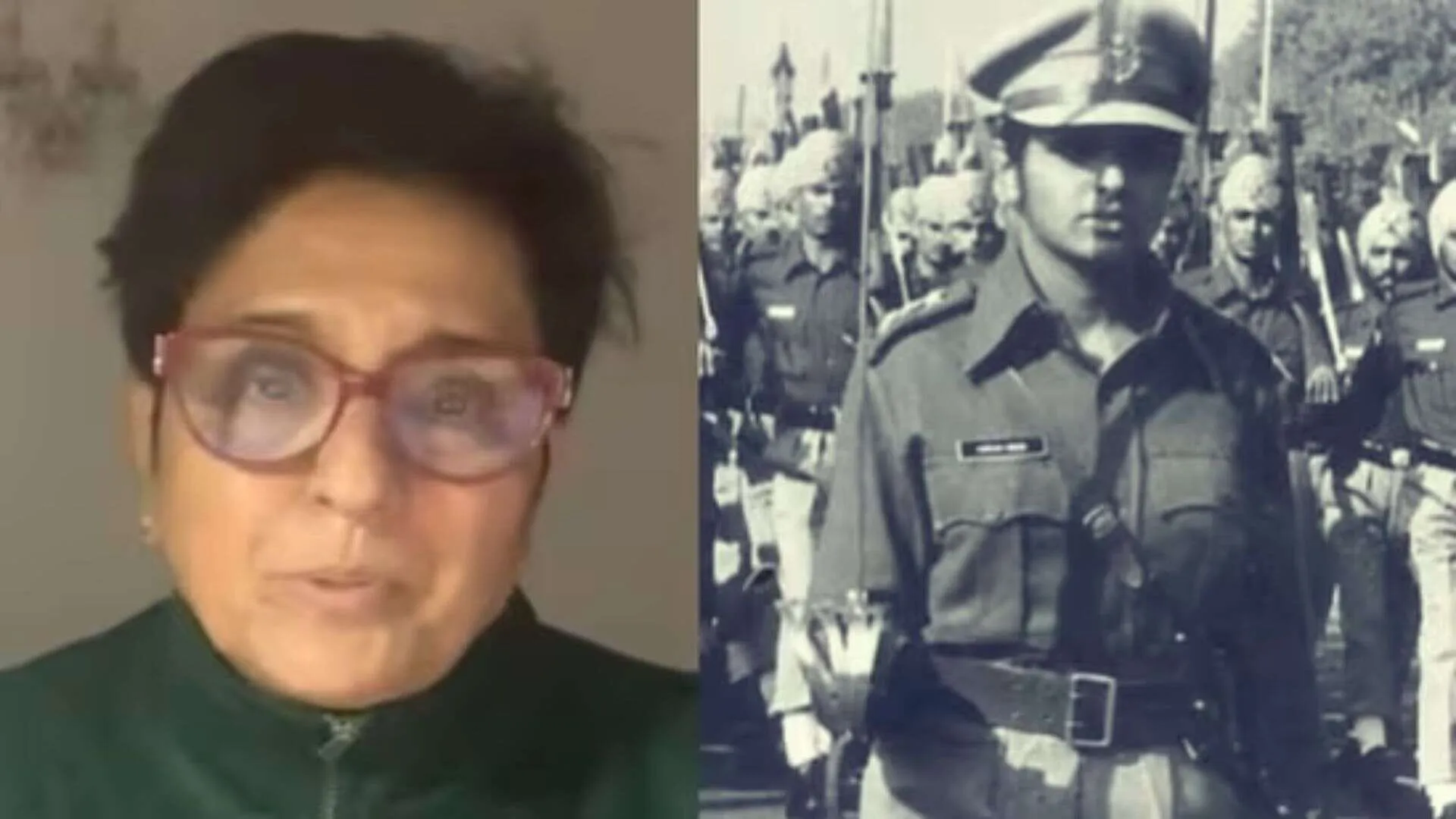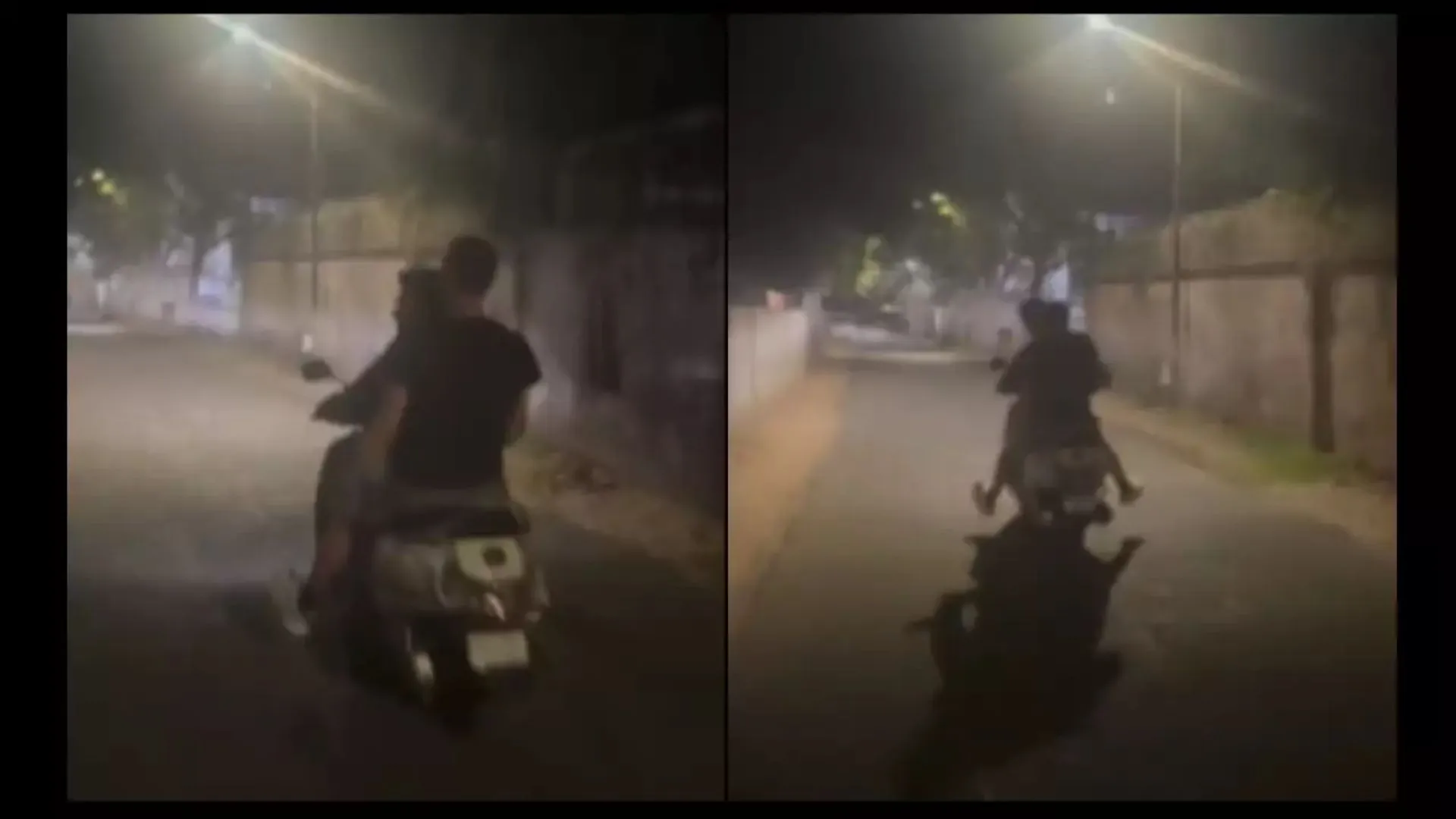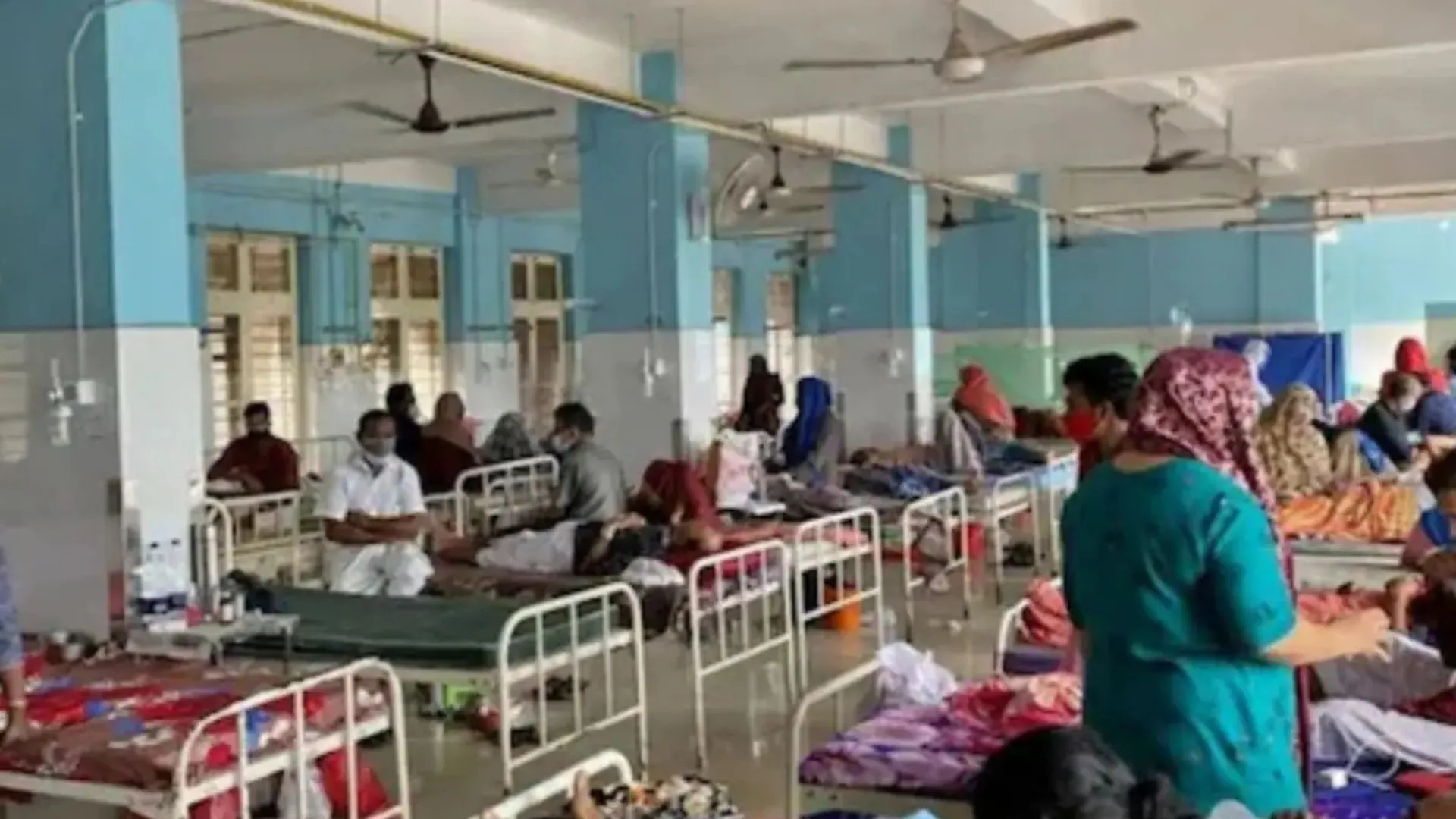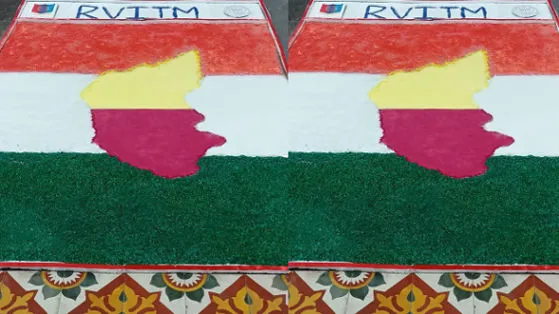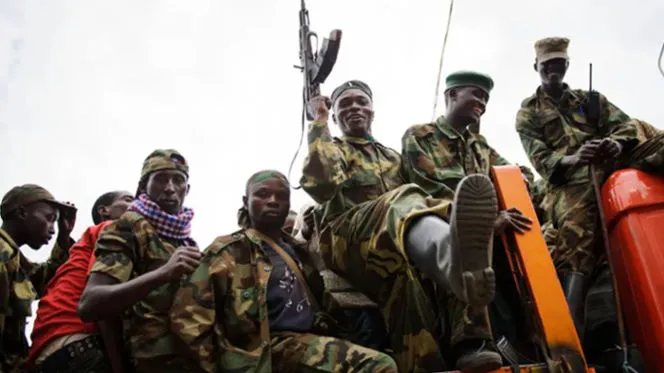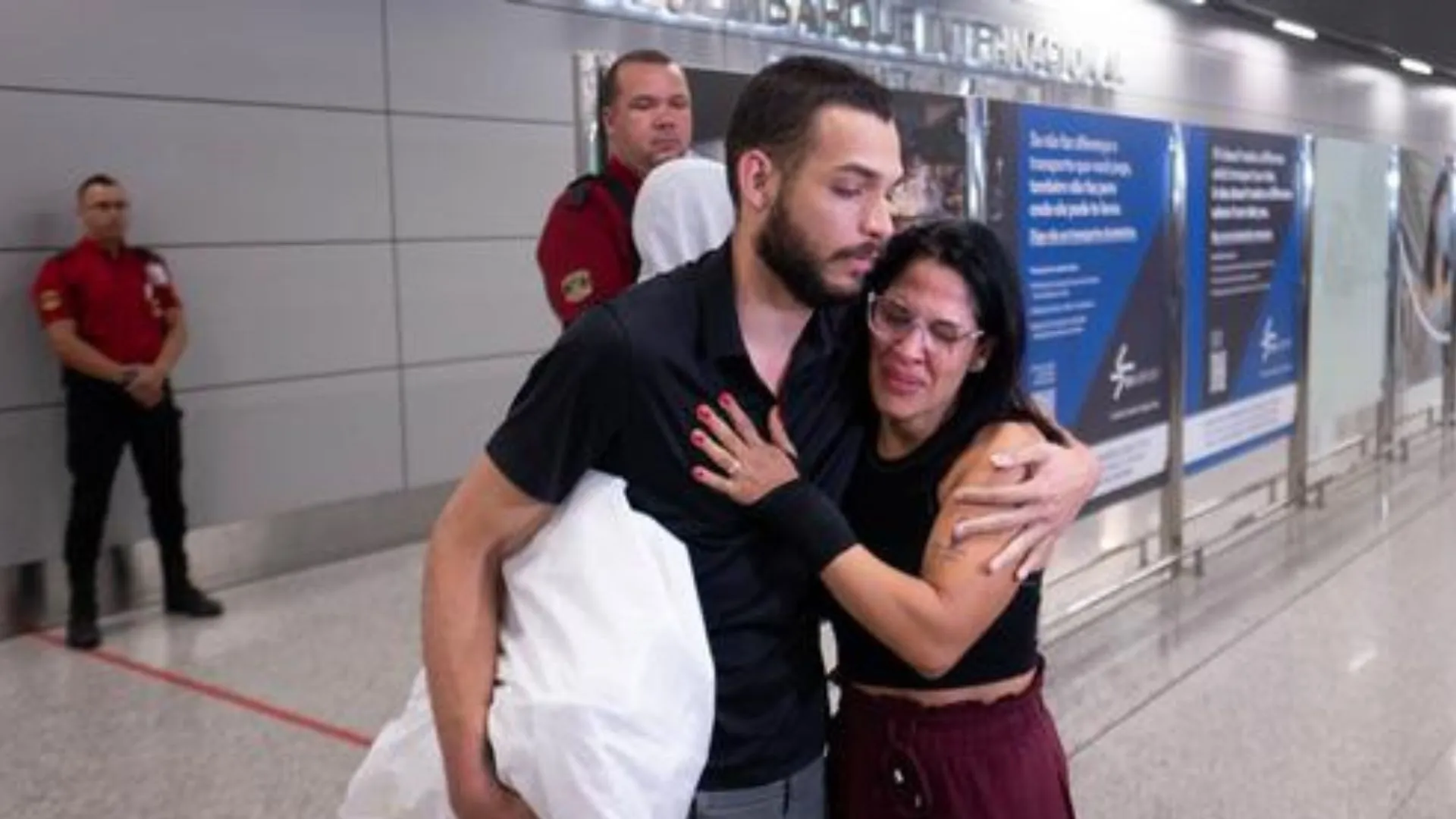West Bengal has always been the centre of political attraction in India. On 2 May 2021, the TMC emerged out to be the party with a landslide victory in the Bengal Legislative Assembly elections. As soon as TMC achieved victory in these elections news of political violence again came into highlights. The workers of opposition organisations like BJP, RSS and ABVP are now victims of the murder, rape, robbery etc. by the TMC members. These incidents in Bengal are not new as the State has always been in limelight because of its vast share in the history of political violence.
All this began when the seeds of communalism were sown in 1946 i.e. The Direct Action day. Post-independence the state has witnessed urban violence, street fights and rural violence. The Naxalites movement in the 1960s and 70s changed the face of violence by claiming thousands of lives and many forms of violence based on caste, gender and religion. Violence in Bengal mutated to being political between the period 1971-1977 when Congress Bloodhound cadre and police went on to crush CPI(M) leadership and murdering in cold blood and torturing them in prisons. They even butchered some people who had nothing to do with this feud. 51 years ago, the Land of Bengal witnessed one of the sickest and un-earthliest murders of Modern India. On 16 March 1970, Sain brothers of the Bardhman district were killed and the mother, Mrignayani was forced to eat the rice smeared with the blood of her children. The popular face of CPI(M), Nirupam Sen was alleged to have led this massacre. One can assume how severe the situation would have been by the article in NYT on 9 March 1971, titled, “An average campaign day in Bengal: 10 political murders.”
Soon, the Left was mandated to power because of the atrocious level of violence by Congress but it didn’t bother much about the persecution of Political rivals. In 1977, the form of violence went through a major transformation when the Left Front government came into power. In its regime, these incidents of violence were carried on everyday routine. Political killings continued unabated during the Left Front’s 34-year rule.
When the Left came to power, it mainly focused on two areas:
two areas:
1. The land reforms and land ceilings
2. Panchayati Raj
The reason behind this was Communists could now bet on nearly 67% of electoral votes. The CPI cadre advertised government schemes as the party schemes and thus acquired huge influence among the rural masses. The masses started to approach the Party cadre to settle disputes and this gave birth to Party society. The party cadre was so powerful that it used to solve infamily issues. The extent of partisan polarisation was so much so that Party had become more important than friends and relatives.
The Left contrary to what it claims was ruling atrociously. It shut off many newspapers that criticised the govt. Many houses, which belonged to the other party cadre were set ablaze and people were forced to leave. And this was being done by the friends and relatives themselves.
The series of violent confrontations between CPI(M) and TMC during 2004- 2006 reminds of violent industrial clashes of the 70s. The Nandigram had become a centre of a routine skirmish, laden with bombs and guns. In a matter of months, 70 people were dead, mostly CPI(M) leaders. Public war group leaders like Kishenji had acquired a cult status during that period.
In 2009, PWG had even planted a landmine that almost gone off when a convoy of Buddhadeb Bhattacharya and Ram Vilas Paswan was passing through the area. All these incidents show that LEFT did no better as compared to Hoodlum years of Congress. Finally, after a lot of struggle Mamata Banerjee rose to power in 2011 ending the 34 years of atrocious rule of the Left.
But the TMC regime also continued the legacy of political violence in Bengal and was no better than the earlier ruling parties. Since 2011 the violence in Bengal has escalated to unprecedented numbers. It has now become the hallmark of Mamata Banerjee led TMC to suppress the voice of those who are in opposition. Three years ago Supreme Court also pointed out the fallacy of democracy in Bengal when more than 20,000 out of around 58,000 candidates in the panchayat elections were elected “unopposed”. Not only this but the National Crime Records Bureau data of 2019 states that Bengal tops the country in political murders. In 2019, the NCRB said that it has repeated the 2018 data for west Bengal because the State Government did not provide the data in 2019.
After the 2021 Assembly election results came the incidents of criminal threats, molestation was again all over the news. People subscribing to all other political beliefs except the TMC have been singled out, targeted and attacked by the TMC workers across Bengal. These incidents of violence have spread like a wildfire across the state and have increased manifold just after the Assembly Election Results were declared. The TMC members have stooped to a new low, attacking student organisations, committing sexual violence against women, and indulging in loot & plunder in broad daylight. In an attempt to trample and suppress the young voices of opposition, the members have targeted student organisations by attacking young student activists and ransacking their homes and offices. The students and their families from the opposite political spectrum are compelled to live in constant fear, apprehending attacks on life.
A Non-Profit Organisation Think India to which the Authors are associated provided helpline numbers for availing legal aid to those who are victims of the ongoing violence in Bengal and below-mentioned data shows the types of crime reported to the organisation by the victims of violence in the State via the helpline numbers:-
The above-mentioned graph shows that since the Mamata led TMC mandated to power there have been 1093 cases of murders, loot, vandalism, eviction from homes amongst these cases 643 cases were against the Scheduled Caste community, 115 were against the Scheduled Tribes community, cases of violence against women including gang rape amounted to 64 and almost thousands of these people are now homeless as reported to the organisation by the victims. The state machinery, as being suggested by reports has become a mute spectator to these killings, loot and violence in broad daylight. Instead of acting proactively against the complaints received, the machinery is allegedly misusing its resources to curb the reporting and aiding the criminals. The state has miserably failed to protect the women from the goons of the ruling party; a plethora of incidents of sexual violence against women have been reported in the past few days. Bengal is witnessing a state-sponsored blatant violation of human rights and we feel disdained to see horrendous acts of mobocracy being accomplished in connivance with the state machinery. The prevalence of brutal violence in the state perpetrated against its own citizens is fundamentally against the democratic ideals envisaged by the founding fathers of the Indian Constitution. During this surge of Covid-19 incidents of political killings are adding up to the problems in India. The State machineries in these challenging times should be dedicated to saving precious lives and ensuring appropriate help to the needy but that is not the case because of political biases. Acts of violence against fellow citizens and mass exodus at such a time is like the worst nightmare come true.
Opposition gives legitimacy to the ruling party. A strong opposition indicates the vibrant nature of any democracy. There have been incidents in the past that portray how India has always succeeded to distinguish itself from the other independent democracies of the world. For instance, in 1967 when the Communist Party of India formed coalition governments in many states with the right-wing Swatantra Party, it showcased the flexibility of the Indian democracy. But Bengal, in recent years has been exceptional in this case. The magnitude and brutality of the post-poll violence in West Bengal is an indicator of the extent of partisan polarisation, so much so that the rivals are considered enemies. There is a section of intelligentsia that seems reluctant to any discussion over Sangh Parivar’s version of Indian Nationalism and secularism and they outrightly dismiss their presence in Bengal. This section is a common source of intellectual arguments for almost all the parties that oppose BJP and Sangh on the said lines.
The self-styled progressives and liberal elites support caste and communal alliances in the name of democracy and secularism. Their silence on the recent incidents proves that there have been undiminished fascists attacks on RSS-BJP workers
Units of hoodlumism and violence are converse to democracy. Any society like ours cannot exist without unfettered rival schemes and ideologies; and the incumbent party, in West Bengal, by flexing its muscle, has time and again tried to erase foundations of political change. Ravaging the property, Physical intimidation of those who don’t extend support to TMC has now become a facet of TMC Politics under Mamata Banerjee. She seems to be an insecure autocrat who is hell-bent on ravaging any voices of dissent. Mamata Banerjee must understand that criticism and opposition both are the safety valve of democracy.
The authors are law students of Dr Ram Manohar Lohiya National Law University, Lucknow. The views expressed are personal.

